Hunger pandemic: Food security report confirms WFP’s worst fears
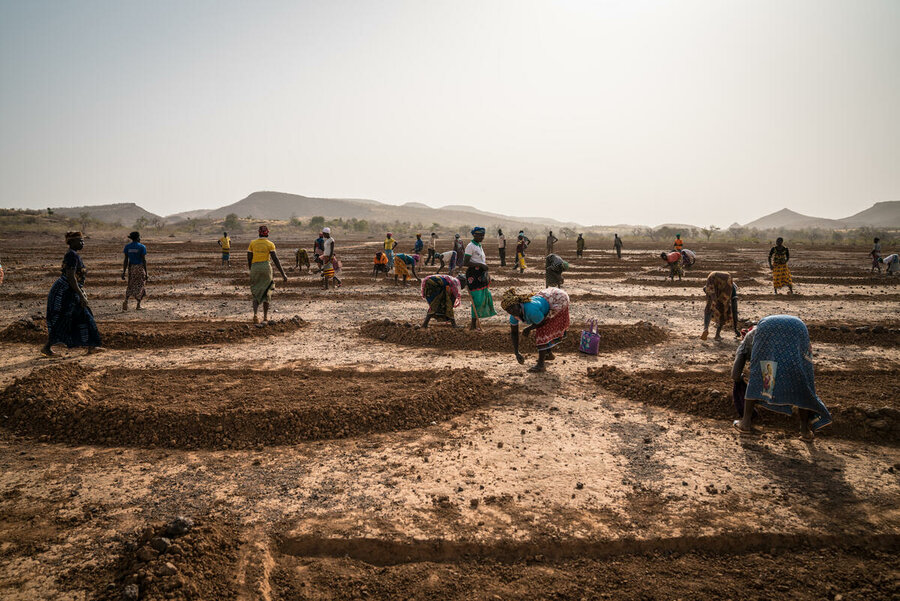
The newly released State of Food Security and Nutrition in the world lays bare the impact of COVID-19 on food insecurity and malnutrition around the world, with a further 161 million people believed to have gone hungry in 2020 — data-gathering efforts have been hampered by social distancing rules in the past year.
The SOFI report, or “The State of Food and Nutrition in the World 2021”, estimates that up to 811 million people went hungry last year as climate extremes and economic slowdowns, exacerbated by the COVID-19 pandemic, continued to increase in frequency and intensity.
WFP executive director David Beasley said it confirms “a devastating reality — the path to zero hunger is being stopped dead in its tracks by conflict, climate and COVID-19.“
South Sudan: 'Violence destroyed my hometown, my shop... and now there is no water'
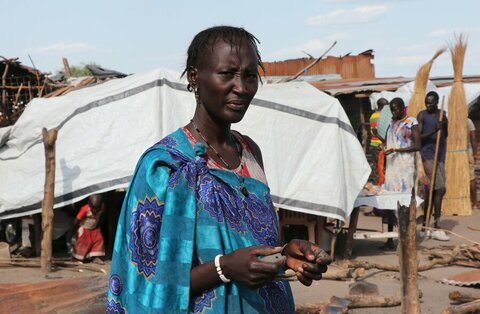
He added: ”More people slid into chronic hunger in 2020 than in the previous five years combined, and one in five children around the world are stunted, meaning their future potential is being destroyed by hunger. The world needs to act to save this lost generation before it’s too late.”
Over 149 million under-5s are estimated to have been stunted, or too short for their age; more than 45 million wasted, or too thin for their height; and nearly 39 million overweight.
Carmen Burbano, Director of WFP’s School Meals Programme, said: ”As world hunger skyrockets, children are paying the heaviest price. Last year, 370 million children missed out on school meals because of school closures during the pandemic. Even today, we know 150 million of them still do not have access to these programmes.“
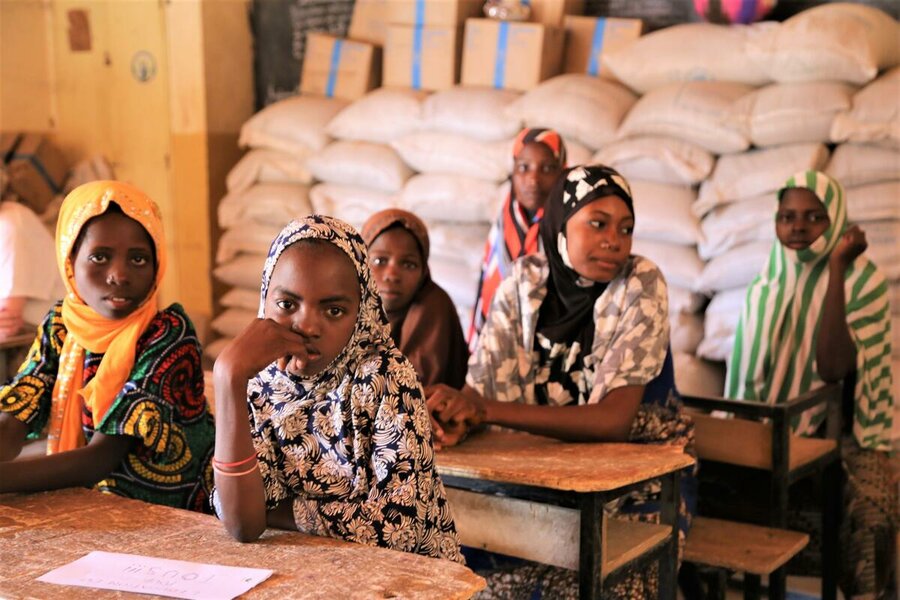
Prior to the pandemic, the high cost of food had already locked 3 billion people, especially the poor, out of healthy diets in every region of the world.
Inflation, combined with job losses due to the COVID-19 and persistent income inequality, continue to aggravate food insecurity and malnutrition.
Don’t look the other way: Madagascar in the grip of drought and famine
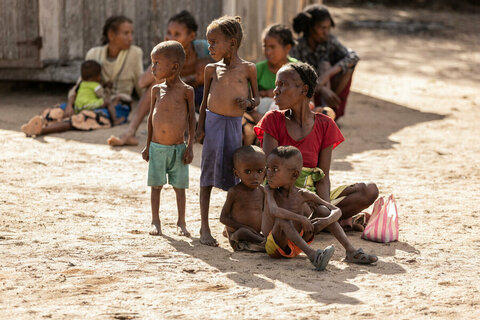
Over the past three months, the cost of a basic food basket has gone up by more than 10 percent in nine countries where the World Food Programme works, the organization said in a press release.
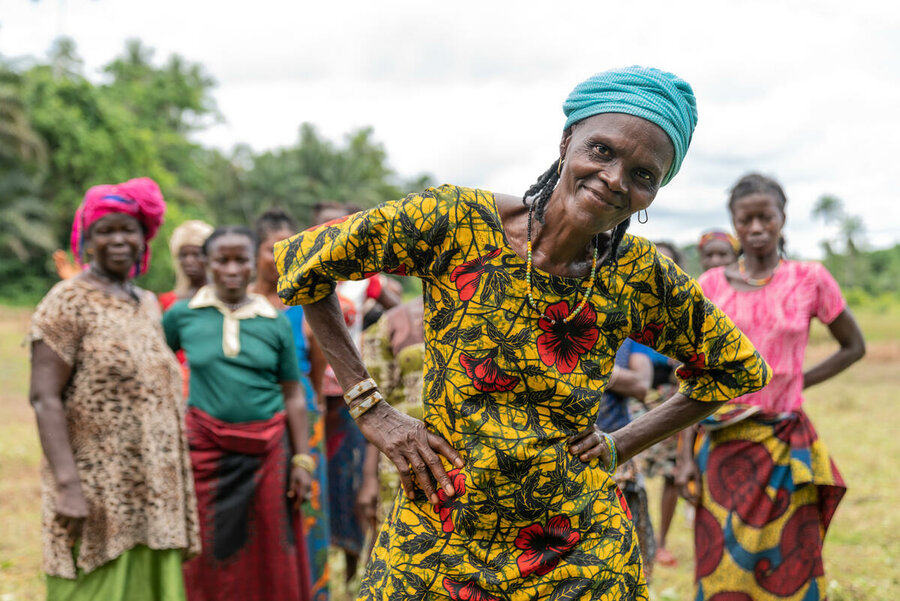
“The tremendous challenges posed by the COVID-19 pandemic have exposed the fragility of our food systems,” said WFP.
The organization responds by facilitating training and insurance schemes for smallholder farms, running school meals programmes and investing in social protection schemes to cushion blows resulting from conflict, extreme weather and the pandemic, ensuring that vulnerable people continue to meet their basic needs. Over the longer term, these build resilience and can be adapted to better link to food systems.
Below are three countries where WFP is working to save lives and change lives in the face of growing hunger and broken food systems.
Afghanistan
When the pandemic struck in March 2020, informal traders lost income sources overnight. As well as providing food for their families, WFP’s cash assistance helped them to restart trade and get back on their feet.
The organization worked with the Government and commercial partners to provide people throughout the country with access to nutritious food at affordable prices by supporting smallholder farmers among other initiatives.
Bolivia
A fragile health system, poor nutrition, overcrowded and unsanitary living conditions all contributed to making coronavirus more lethal in Bolivia. Approximately 60 percent of the population is employed in the informal sector — as bus drivers, cleaners, street vendors — and rely on daily earnings.
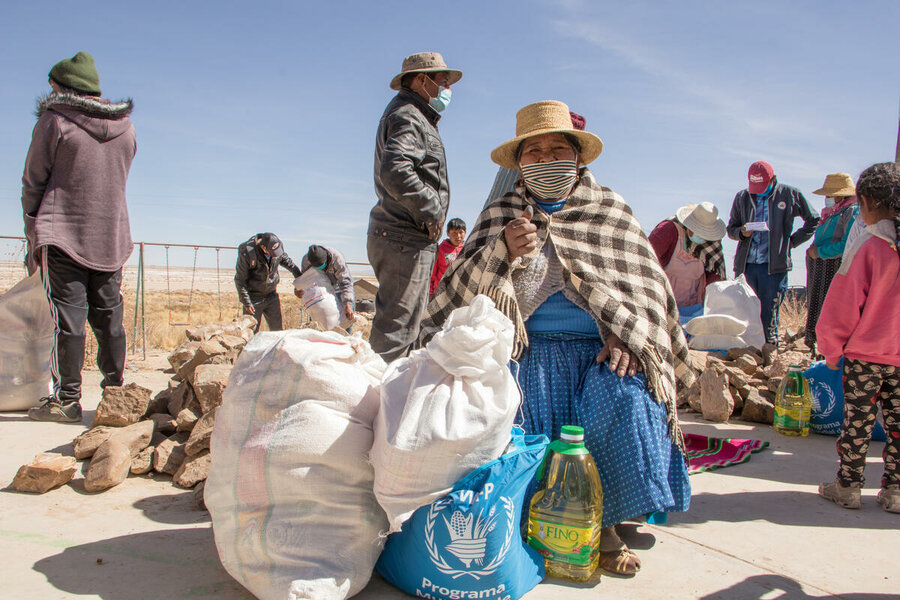
People have lost their only source of income and are struggling to recover. In March 2020, WFP started distributing electronic cash cards to affected families. An initial US$123 was provided and recharged periodically, conditional on attending nutrition training via a messaging app and other channels, depending on the needs of each group.
Central Sahel
In the Central Sahel (Burkina Faso, Mali and Niger), a region grappling with escalating conflict, climate shocks and high food prices, WFP is tackling different elements of food systems to respond to both short-term emergency needs while also boosting the resilience of communities.
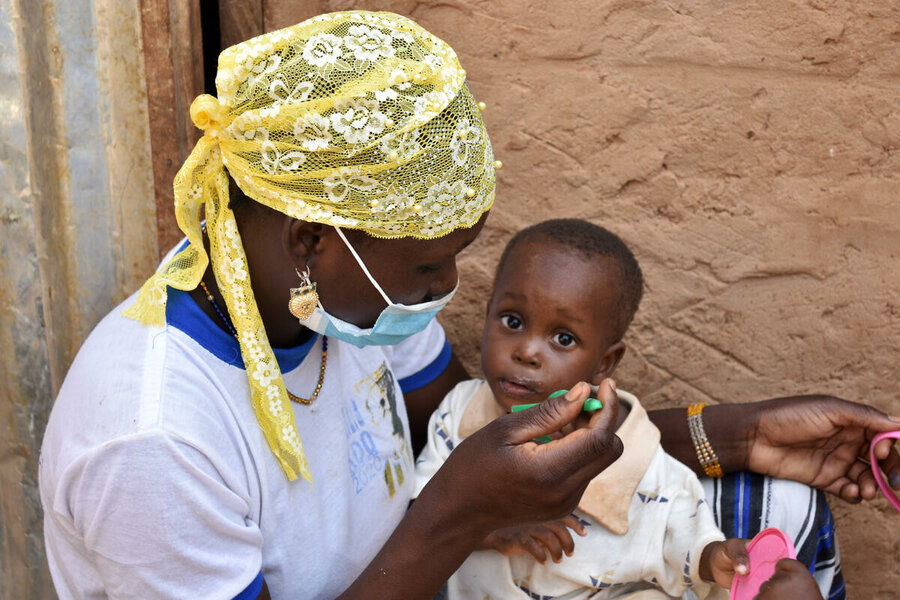
It helps farmers rehabilitate or create productive assets, with training in climate-smart agriculture practices and improved market access.
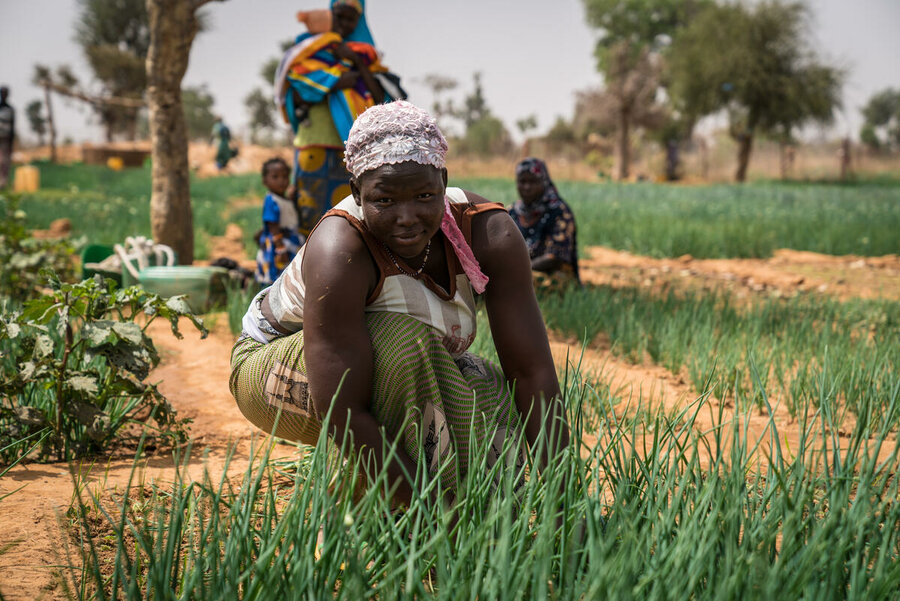
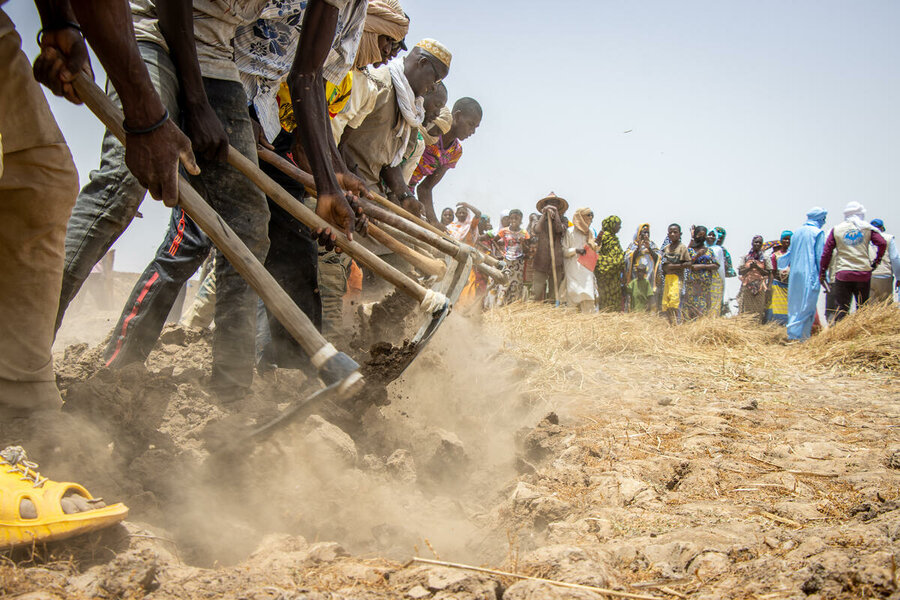
WFP also works with women’s groups and local agri-businesses to produce fortified blended foods and staples to improve the nutritional quality of food on the market.
Lesotho
The food security situation has worsened following years of crop failures, low incomes, high food prices and the fallout of COVID-19 restrictions. But WFP has brought small rural businesses back to life. In addition to distributing food, it's introduced a buying club which boosts small retailers’ buying power by combining stock needs and allows them to procure the staple flour directly from the large government miller at low prices.
The report is published jointly by the UN's Food and Agriculture Organization, the International Fund for Agricultural Development, UNICEF, the World Health Organization and the World Food Programme (WFP). It is regarded as a yardstick for measuring progress towards UN Sustainable Development Goal 2, Zero Hunger, by the year 2030.
